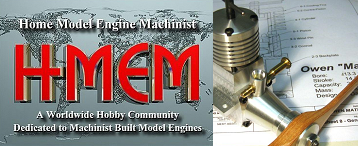Bob--What can I do to help? I've been where you are before, and it is terribly frustrating. Some things you can check---Take the sparkplug out and push a long piece of wire down the sparkplug hole. Set the sparkplug out on the engine block and turn the engine by hand with the ignition on. The spark should happen when the piston is about 1/8" before top dead center. (That's what the wire is for, to let you know where the piston is.). If you have run the engine in with an electric motor to loosen it up, then with the sparkplug in place give it a spin by hand. It should bounce back when it comes up on the compression stroke. If it doesn't bounce back, then either your valves aren't sealing or your rings aren't sealing. Take the sparkplug out, squirt some thirty weight oil into the sparkplug hole, then put the sparkplug back in. Spin it again by hand. If it bounces back now, then you know your rings aren't sealing. If it still doesn't bounce back, then your valves aren't sealing. Unhook the gas line from the carburetor and blow on it. You should hear it bubbling in the gas tank. (Make sure that the tank has fuel in it.) Use the factory pre-sets on the carburetor if you are running an after-market carb. About 80% of small engines that won't run can be traced directly to the valves not sealing. As I said before, sacrifice a spark-plug by breaking the porcelain out of it and solder a tube of approximately 0.175" outside diameter into the sparkplug. Screw the modified spark-plug back into place and put an airline on it--give it about 20 to 30 psi (block the crankshaft so it can't turn unexpectedly). When the piston is at top dead center on the compression stroke, there shouldn't be any air coming out the carburetor nor out of the exhaust. Make sure when you are trying to start it that the engine is turning at least about 300 rpm.---Brian





